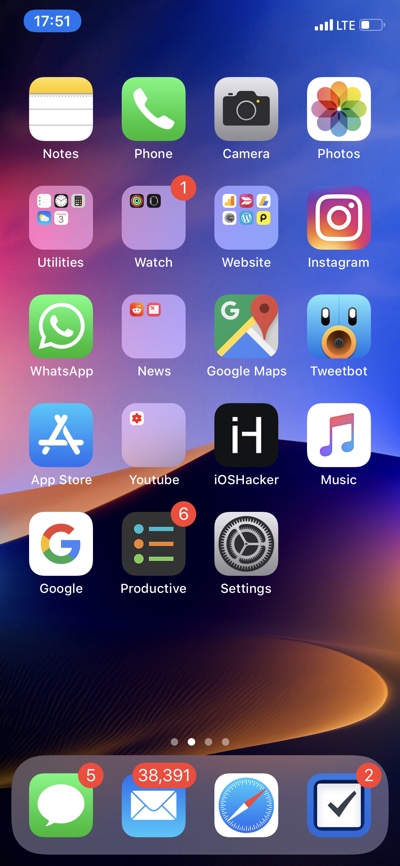Whether you’re looking to stream movies on a train journey or working remotely and need to connect your laptop to the internet, tethering is an easy way to get additional devices online when you have no access to Wi-Fi – but do have access to mobile data. However, tethering isn’t always an option, as there can be limitations and restrictions put in place to prevent you from sharing your data allowance over more than one device.
To help you tether freely, this article looks at how tethering limitations work and how you can get around these restrictions by using a VPN. Find out about the basics of how a VPN works and how your Internet Service Provider, or ISP, can put an end to your tethering without one.
How does tethering work?
Tethering works by forming a local connection between one Wi-Fi enabled device to another – an iPhone and MacBook, for instance – and using one ordinary mobile data connection to connect the additional device to the internet.
Tethering can be a very easy and useful way to get online via a laptop, tablet or other SIM-free device if you don’t have access to Wi-Fi. Unfortunately, certain mobile data providers implement tethering restrictions which prevent users from being able to use the mobile data allowance they’ve purchased on any device other than their phone. This is where a VPN comes in.
What is a VPN and how does it work?
A VPN, which stands for “virtual private network”, allows you to browse the internet securely and anonymously by creating an encrypted connection between your device and the internet. Rather than connecting straight from your phone or laptop to the internet over a connection that can be viewed and monitored by your ISP, you connect to a VPN service and this connects you to the web. The VPN service is run on a collection of servers in various locations, which redirect your digital footprint and hide your connection in a tunnel of encryption so that it can’t be viewed and monitored.
By using a Virtual Private Network, you can essentially turn any ordinary or public connection into one that is secure, through which your online activity isn’t easy to track. If anyone, even your ISP, attempts to look at the data being sent to and from your computer, they won’t be able to decipher it because of the layer of encryption added. Everything from your device’s unique IP address and your geographical location to details you’re sending over the connection – like banking and identity information – are masked.
Because VPNs hide your actual location, and offer you the ability to connect to the internet via servers in a range of other countries, a popular use for them is in accessing geo-restricted TV and video content online. For instance, if you’re from the UK but on holiday in the USA and want to watch a show on BBC iPlayer, ordinarily you can’t because this service is for use by viewers in the UK only. Using a VPN can bypass these restrictions by tricking the website into thinking that you’re located in the country where you normally use the service.
While there is some confusion online about the differences between things like incognito or private browsing and VPN use, the two should not be confused. An incognito or private browsing window only prevents your online activity from being stored within your own phone or computer – your internet service provider, and any other third-parties who may be trying to access your connection, can still see everything you’re doing online along with your IP address and other identifying information.
How does a VPN bypass tethering restrictions?
Similarly to how your ISP can see your online activity if you’re not using a VPN, mobile network providers can see your hotspot activity and when you’re tethering to multiple devices such as your iPhone and MacBook. For example, if you’re using your hotspot to watch a film on a tablet or using a phone to browse through Facebook, your mobile network provider will be able to see this activity and could set up blocks to prevent additional devices from connecting.
In the same way streaming companies and internet service providers restrict you from accessing geo-restricted content abroad, mobile network providers can block you from tethering completely.
With that in mind, a VPN gets around tethering in the same way as it gets around restricted content. It encrypts your connection, hiding the details of your web traffic so that you’re able to log on without any identifying data being visible to the network. Just as they can’t see what websites you’re looking at or what purchases you’re making, they won’t be able to see how many devices are using your connection. The easiest way to set up a VPN connection on your iPhone is by downloading a VPN app, allowing you easy access to a secure and unhindered connection.
While many mobile providers allow tethering to an extent, and some allow unrestricted access, there are still some who block tethering altogether. It’s wise to find out if there are any charges or penalties for unauthorised tethering, as there may be rules about this in your mobile contract, but if you do wish to use your paid-for services across additional devices then a simple VPN app is an easy solution.











This sounds peachy but doesn’t appear to be true. I setup an iPhone connect through a VPN I am hosting on my mac. This works great. I then tested by trying to download the Monterey update via the tether and sure enough when it reached my 4GB Tether cap (darn T-mobile!) It notified me and slowed the connection. The phone continued to enjoy full speed. To me this indicates that T-mobile has another way to know where the data is coming from.
Thanks!